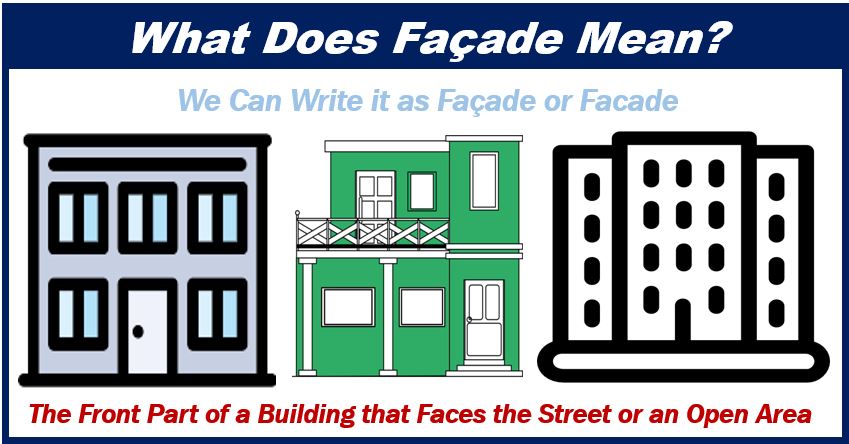Before you buy paint and start painting the facade, you should consider some essential things. It is advisable to analyze the structure of the building, prepare the facade for the color treatment, and inquire about any right of the municipality to have a say in the choice of color.
There are regulations for painting not only on pre-existing properties but also on new buildings. Also, pay attention to safety precautions – for yourself and, if necessary, for passers-by in the public area in front of your property.

Observe regulations of the municipality or HOA when choosing the color the color of the facade
You have always wanted a different facade color, and now that you want to implement your idea. It is not that simple, there are rules. Not every house color has to be tolerated and accepted by the municipality or homeowners association. In the case of very dark or flashy colors, the city, township, or HOA can issue a ban and refer to the preservation of the cityscape (or they have one in place already).
The same applies to the tile color of roofs. Painting is regulated even more tightly in the case of listed facades. Here, not only an extraordinary and “unusual” facade colors be stopped, but a very specific color – the facade color of the original state – can also be demanded.
To avoid subsequent hassles and being asked to “deconstruct,” be sure to check the ordinances and regulations in your community before you plan to paint your facade.
Tips for choosing paint without subsequent hassle.
The best thing to do is simply look around your street. It’s usually common for rows of houses and single-family homes on the road to have similar facades or at least all be painted in lighter pastel shades. If you live in a HOA community then you will notice that all the houses are painted similar shades and colors.
If you would like to paint the facade in a Mediterranean terracotta, you should check with the responsible authority in advance and, at best, obtain written confirmation of permission. Verbal agreements are ineffective if a dispute ultimately arises.
According to the building code, owners must consider the neighborhood and the local image, so you are not allowed to apply any color you like to the outside of the facade. You have the permit in your pocket, and you know what colors are allowed and in which direction your color choice will go.
Of course, in neighborhoods that don’t observe these rules then you are free to paint whatever color you would like.
The failure analysis before painting
Your exterior facade is subject to heavy daily wear and tear. Wind and weather, dirt particles in the air, and drainage points from windowsills leave visible marks. These are blemishes that do can usually be painted over. The situation is different if the plaster is cracked, or your facade is overgrown with algae or moss over a large area. In these cases, you should get to the bottom of the cause and repair the defects before painting.
The same applies to peeling paint, as this symptom is usually an indication of wall moisture. If the facade is free of defects, not needing renovation, and “only” dirty, professional facade cleaning is sufficient in many cases. This is less expensive than a new coat of paint and makes the facade shine again.
The right tools and high-quality exterior paint
Depending on the height of the object and the difficulty, scaffolding may be required. High-quality painting tools, such as rollers and brushes, will ensure your work is good quality and is crucial to avoid nosing or coverage divergence. When it comes to exterior paint, quality and composition should also be at the forefront of your selection, not price.
When painting facades, buy only breathable paints that are suitable for outdoor use. Another factor in purchasing weather-resistant paints that adhere to the substrate is the nature of the facade. Stone and plaster require a different paint composition than wood. Even with optimally opaque paints, two coats are necessary.
You have chosen quality in terms of tools and paint. Now you just need the proper technique to avoid noses and other visual limitations of the result. If you have no previous experience painting the facade, you should do the first work on a less visible area and check the result after the drying time.
Tip: Paint wet in wet. Otherwise, transitions will appear and lead to unsightly streaks after drying. In other words, don’t let your other pass of paint dry before you paint another pass.
